Category: Beginners
-
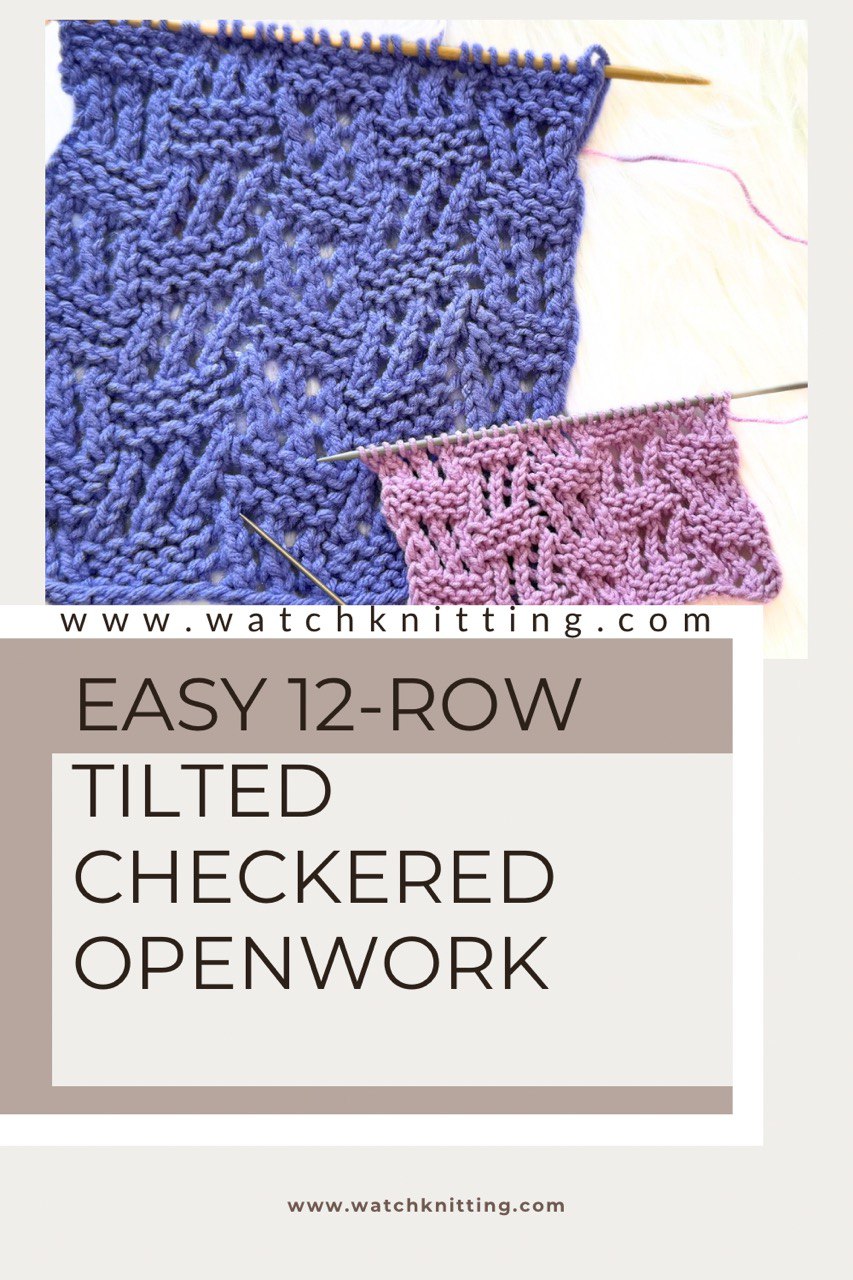
EASY Elegant Lace Pattern – 12-Row Repeat | TILTED CHECKERED OPEN WORK
Hi everyone, welcome back to my channel! I’m Fariba from WatchKnitting, and today I’m sharing a super easy and elegant lace pattern that’s perfect for beginners and experienced knitters alike. This pattern is worked over a multiple of 11 stitches plus 8 (including the edge stitches) and follows a 12-row repeat. All the wrong-side rows…
-
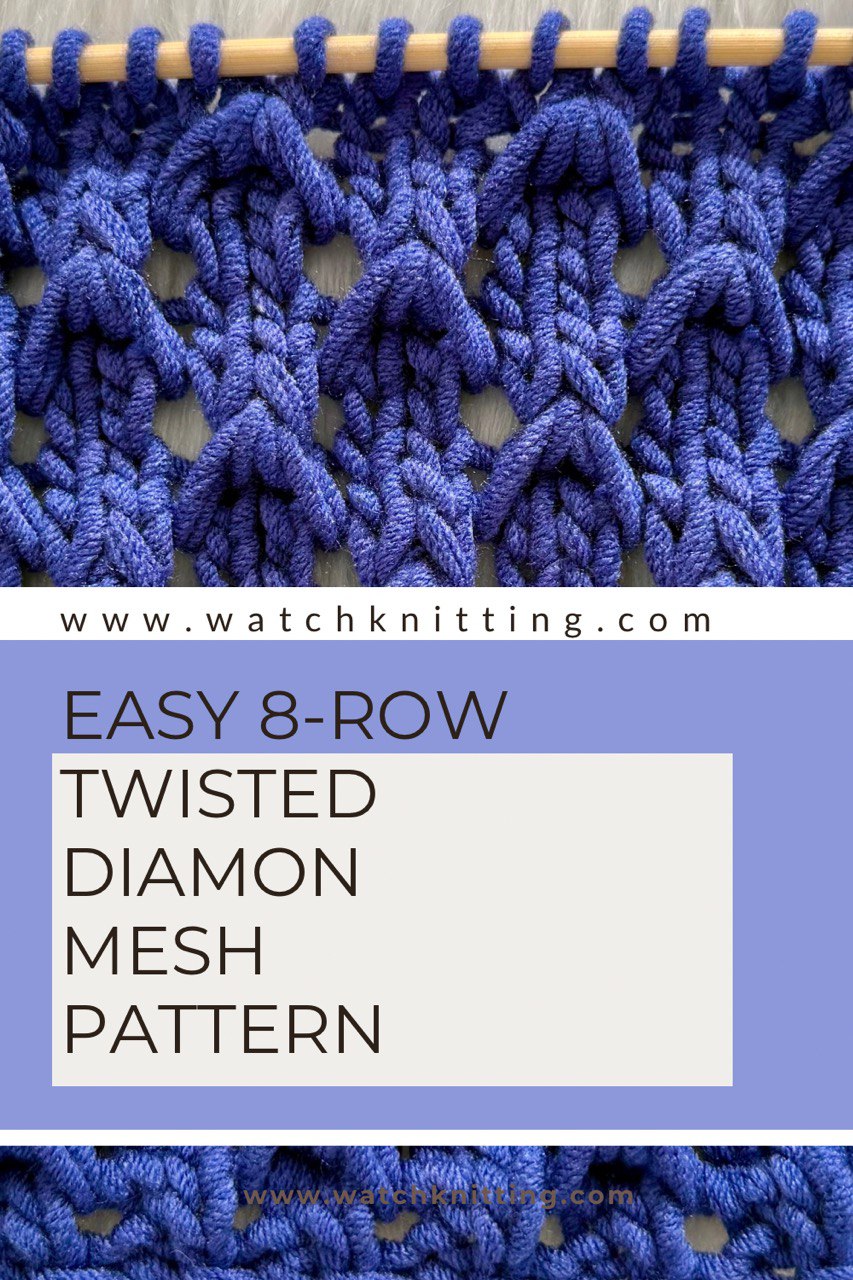
Easy 8-row Repeat Twisted Diamond Mesh Knitting Pattern | Step-by-Step Tutorial for Beginners
Welcome back, friends! After sharing a few intricate stitch designs, I decided it was time for something much simpler—but just as stunning. The Twisted Diamond Mesh is an easy textured pattern perfect for knitters of all levels. It creates a unique diamond-like structure using basic techniques, and the result is absolutely beautiful. Whether you’re knitting…
-
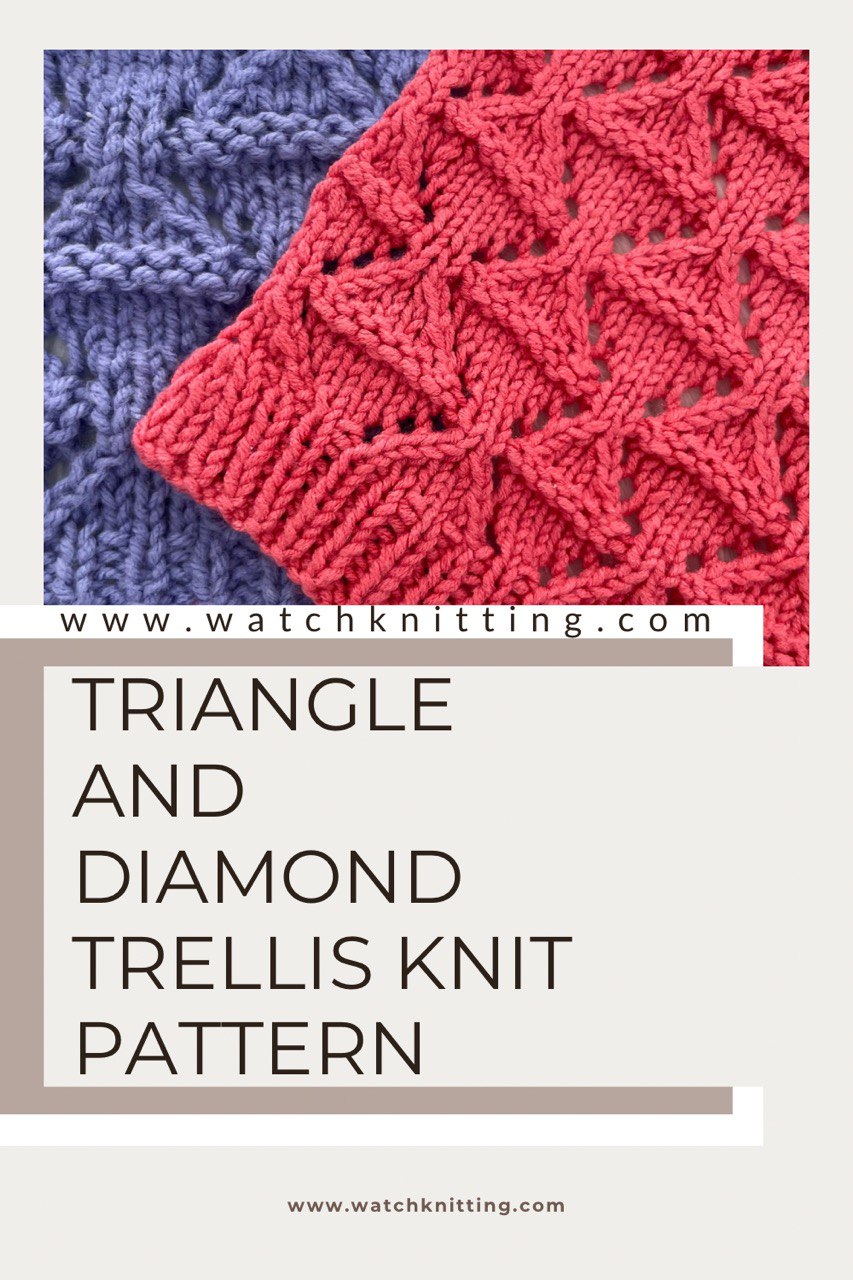
Beginner Textured Triangle and Diamond Trellis Knit Stitch Pattern – Ideal for Men’s Sweaters
Hey friends! Fariba here from WatchKnitting! Today, I’m excited to share a stunning textured pattern with you. It’s created using simple knit, purl, increase, and decrease stitches. This textured diamond pattern is a great choice for men’s sweaters—it adds bold structure without being too ornate. The clean geometric lines give it a modern, masculine feel…
-
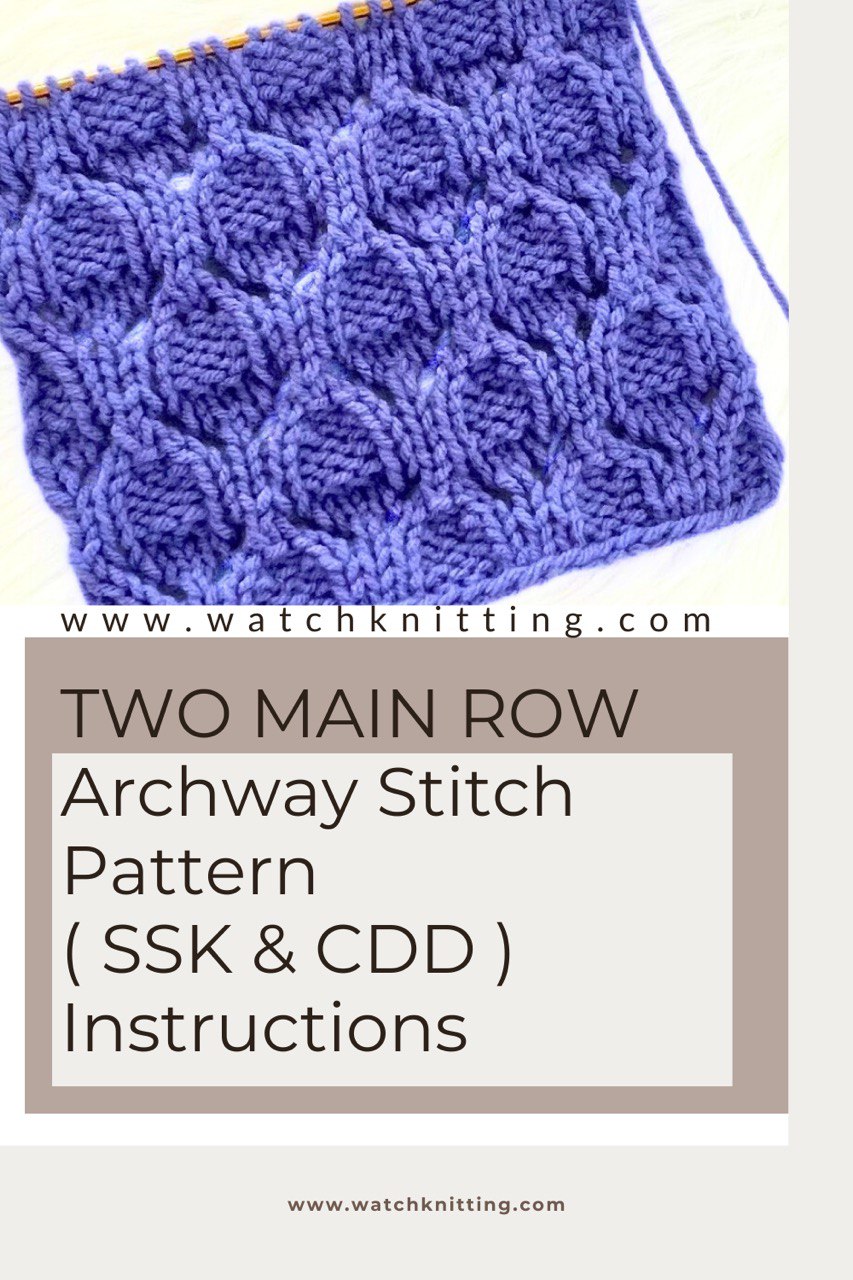
Archway Stitch Knitting Pattern – SSK & CDD Instruction for Beginners | Perfect for Socks & Sweaters
Hey friends! Fariba here from WatchKnitting—I’ve got an exciting textured pattern to share with you today! The Archway Stitch works over a multiple of 6 stitches plus 3, with a 16-row repeat. It’s a beautiful stitch that combines basic knit and purl stitches, yarn overs, and decreases to create a stunning, arch-like texture. This pattern…
-
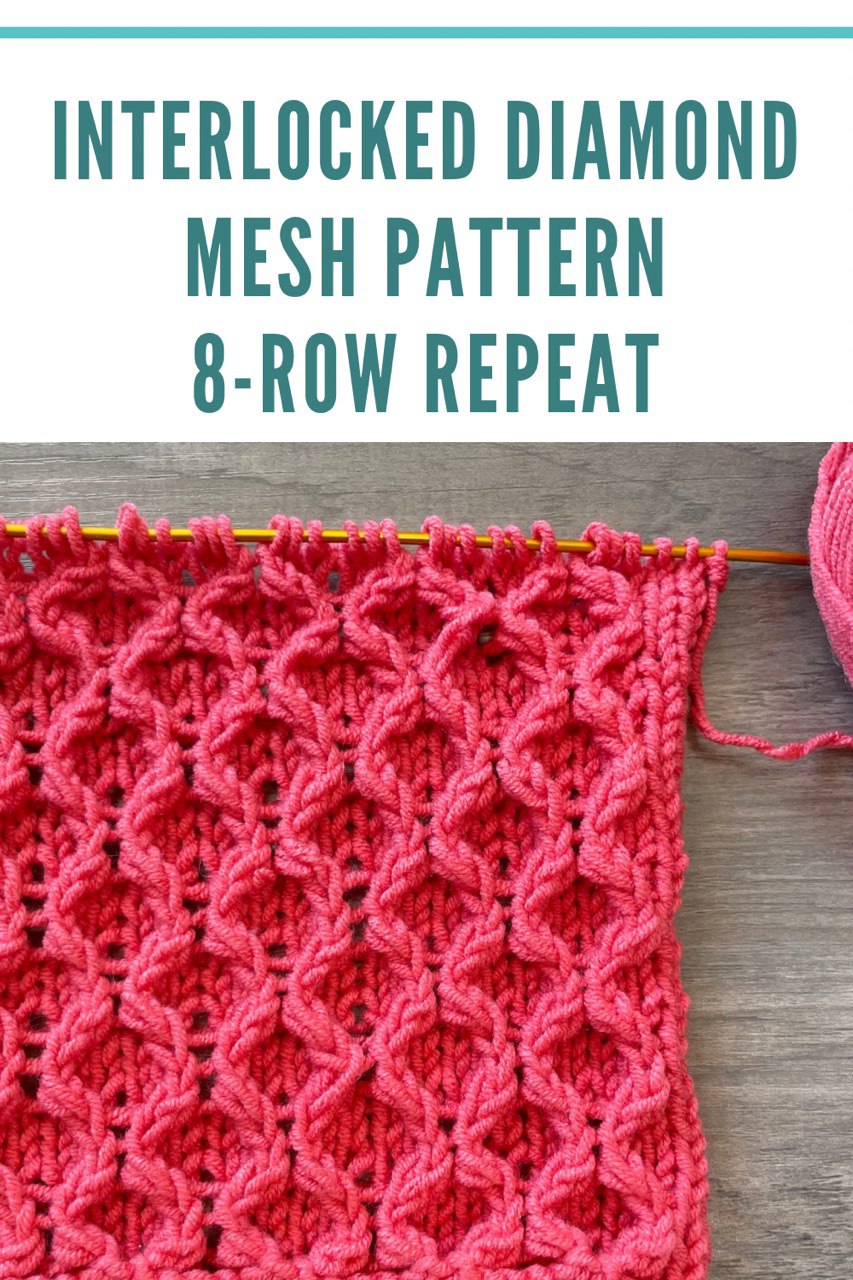
Interlocked Diamond Mesh Knitting Pattern – Textured & Easy 8-Row Repeat
This beautifully textured pattern creates an interlocked diamond mesh, perfect for blankets, sweaters, or even cozy hats. The design is built on a multiple of 6 stitches plus 4, and it follows a simple 8-row repeat. The pattern creates diagonal lines that intersect and build a layered diamond motif. Pattern Details: Abbreviations:K = KnitP =…
-
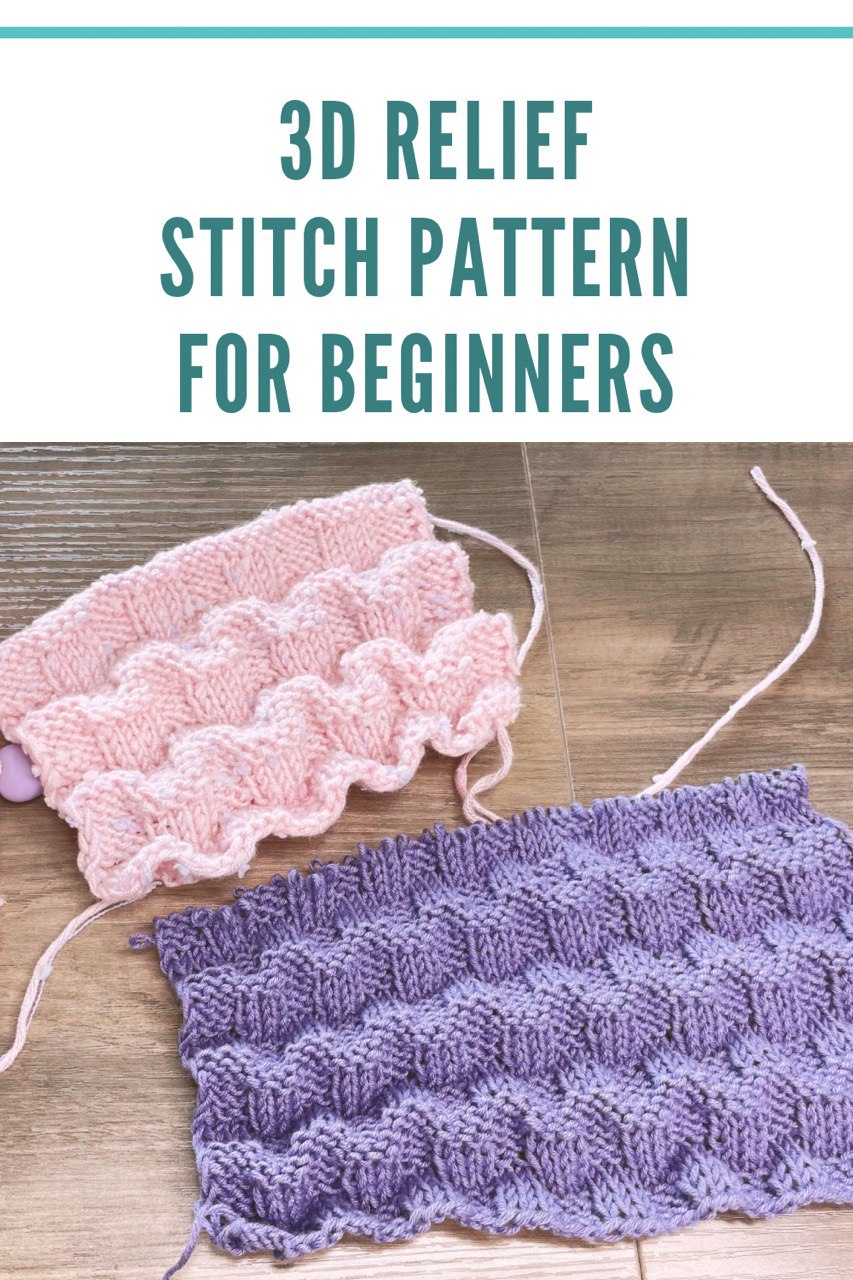
Easy 3D Relief Knitting Pattern for Beginners | Reversible Textured Design
Hello and welcome!Fariba here from WatchKnitting 🧶 Today, I’m sharing a beginner-friendly pattern that’s super easy to knit using only basic stitches. It creates a beautifully textured, reversible fabric—and best of all, it’s fully customizable depending on your yarn and stitch count. ✨ The pattern is made in multiples of 6 + 3 + 2…
-
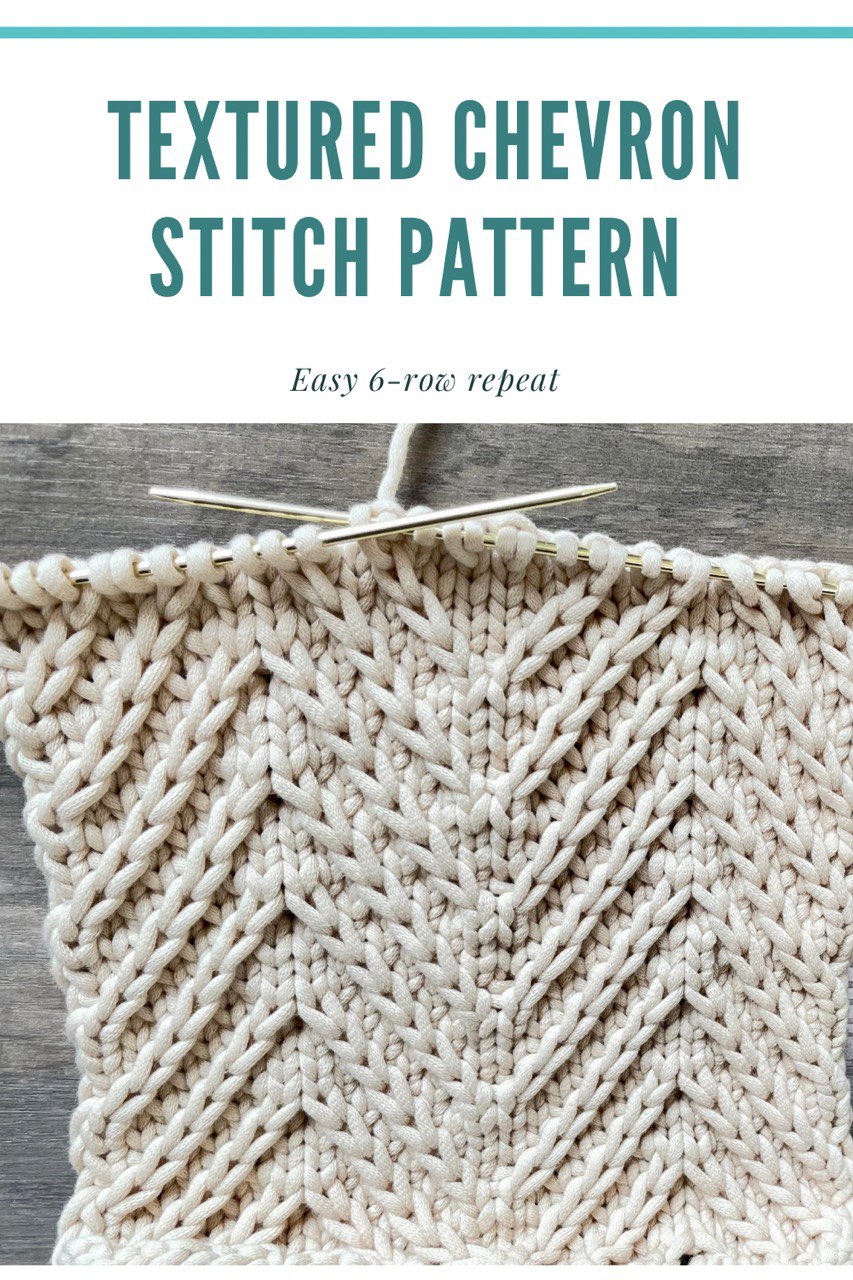
Textured Chevron Knitting Stitch – Simple 6-Row Repeat
Hello and welcome!Fariba here from WatchKnitting. In today’s video, I’ll show you how to work this stunning textured chevron pattern. 🧶 Pattern Basics The pattern is created using simple crosses over two stitches: 🔁 Row Breakdown Row 1, 3, 5: Purl across Purl across, picking up the edge stitch at the beginning and finishing with…
-
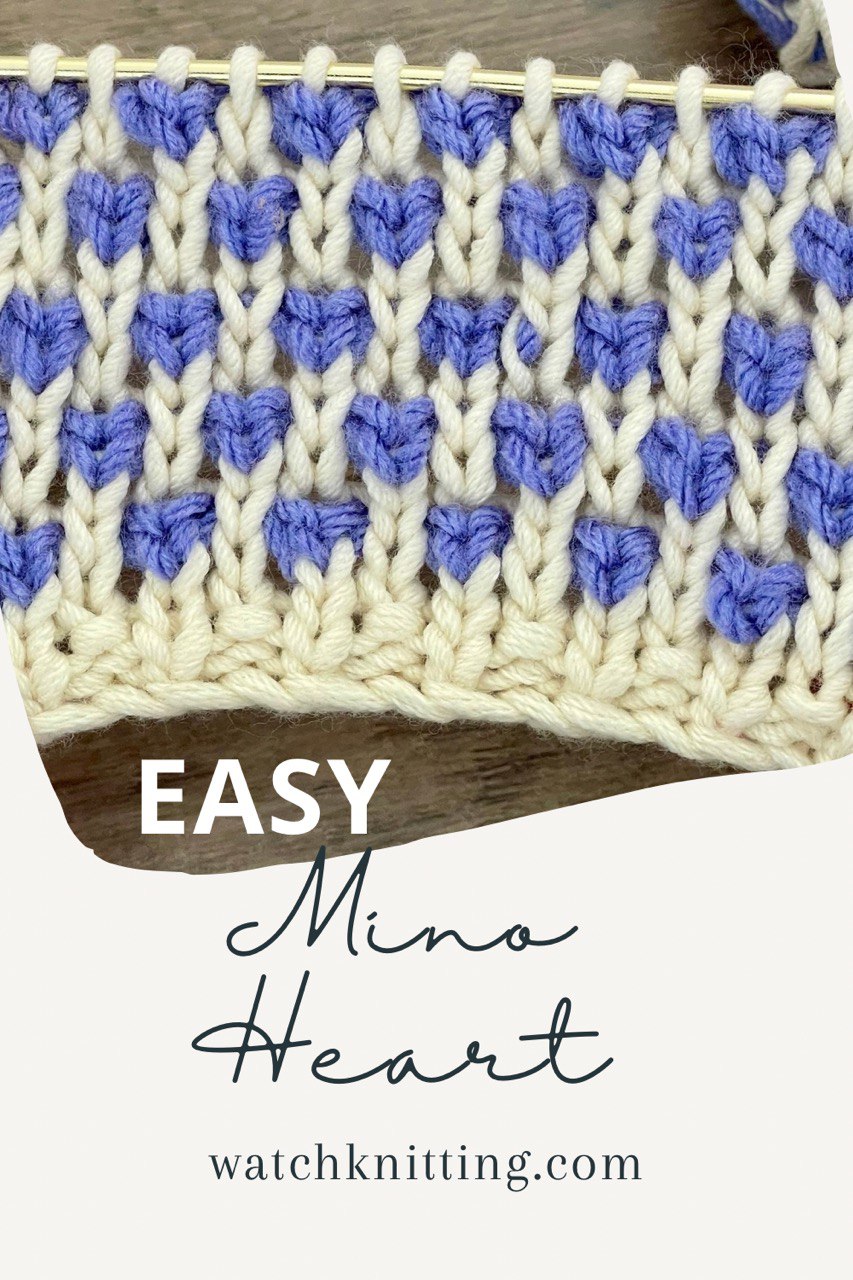
Mini Heart Knitting Stitch: A Sweet & Simple Two-Color Knitting Tutorial
Mini Heart Two-Color Knitting Pattern Tutorial Welcome, fellow knitters! Fariba here from WatchKnitting.com, and I’m excited to share with you a charming two-color mini heart pattern. This simple yet beautiful design is worked in a multiple of 2+1 stitches and completed over 8 rows, with hearts shaped in rows 4 and 8. The rest of…
-
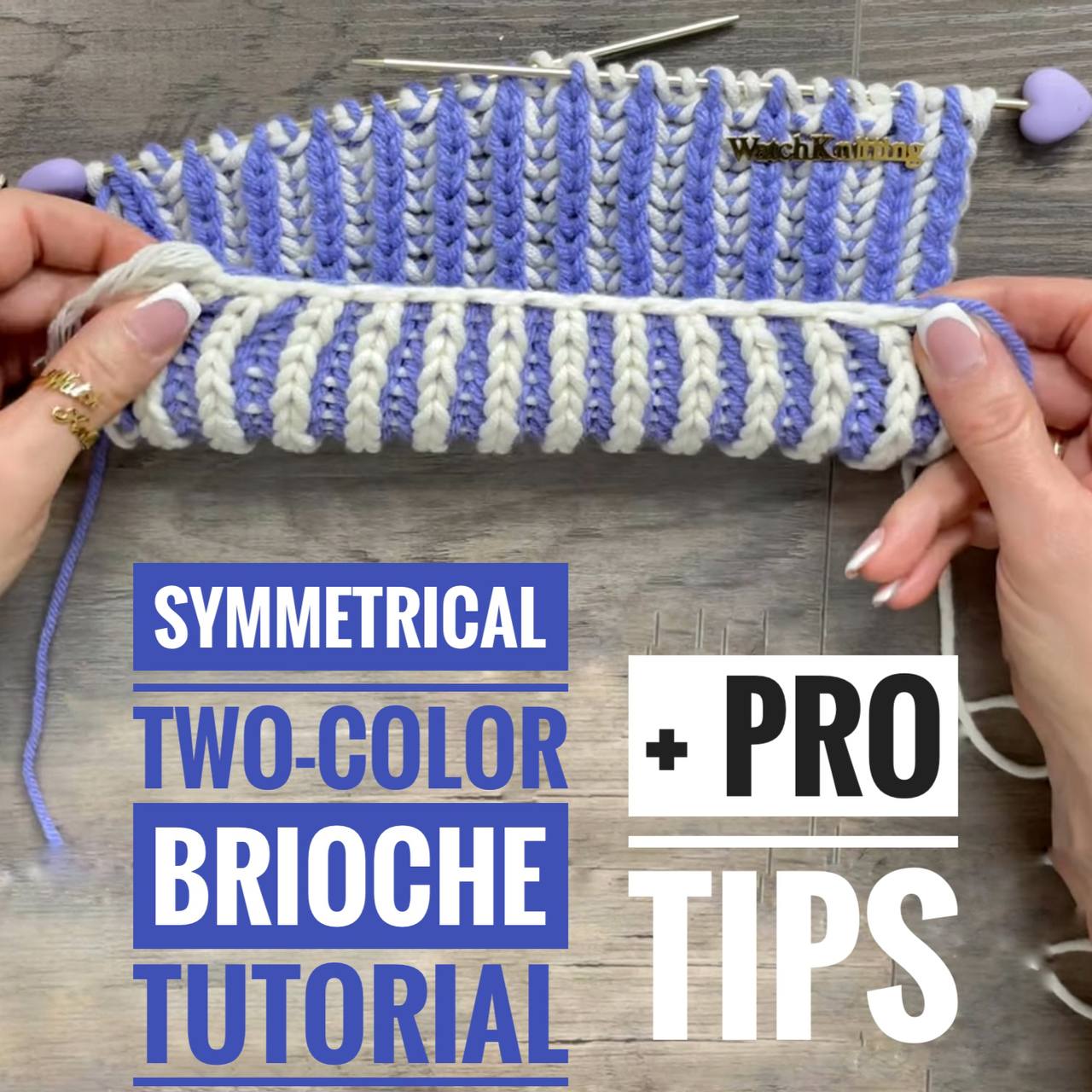
Symmetrical Two-Color Brioche Tutorial + PRO TIPS – A Beginner-Friendly Tutorial!
Welcome to the Two-Color Brioche Stitch Tutorial! I’m Fariba from Watch Knitting, and this is the third video in our Brioche Knitting Series. Today, I’ll guide you through an easy, beginner-friendly method to create this beautiful, reversible stitch. Unlike other tutorials that may feel overwhelming, this one is designed to be clear and accessible. If…
-
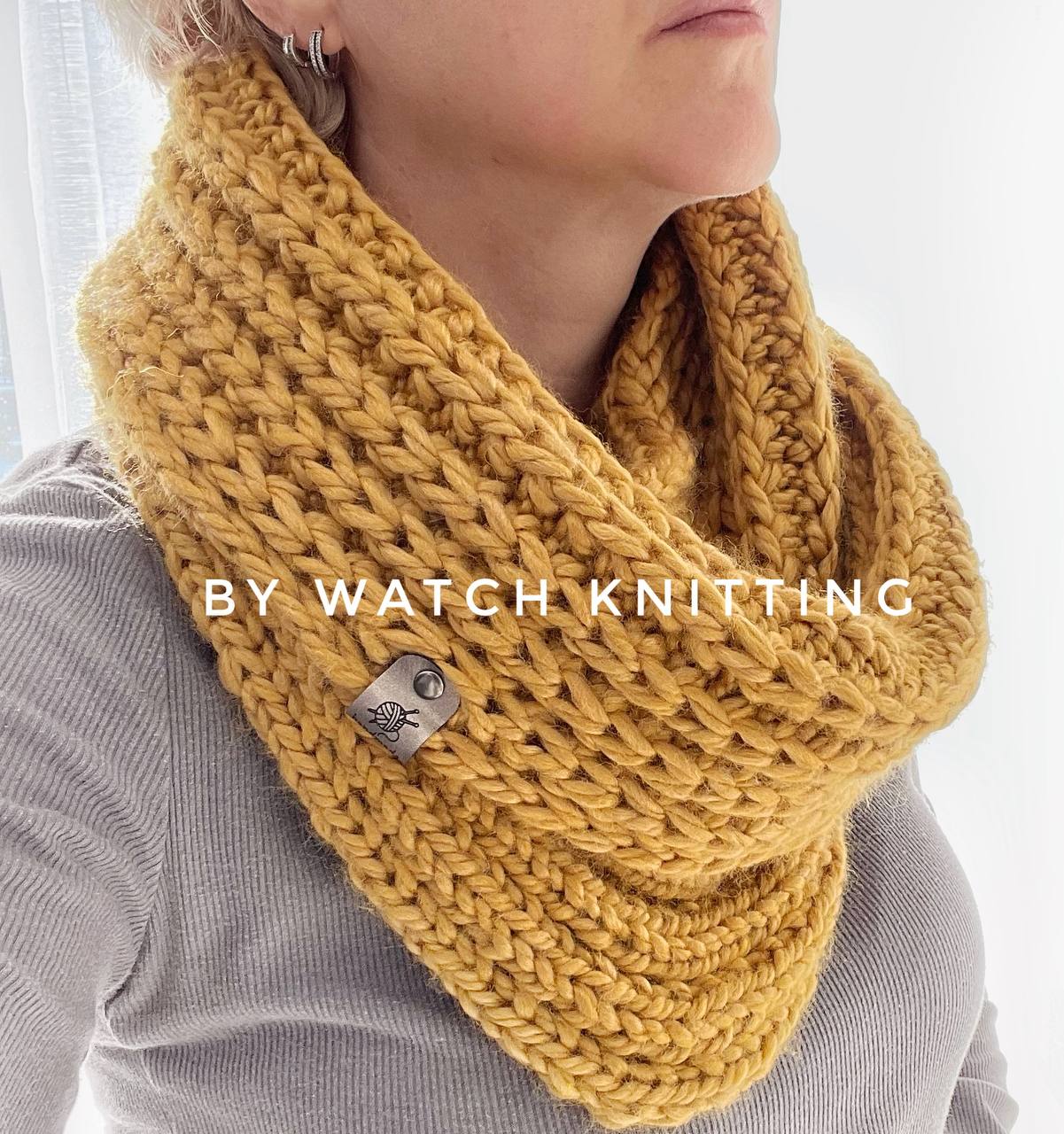
Cozy Infinity Scarf Tutorial for Beginners | Modified Half Fisherman’s Stitch Pattern
Looking for a cozy, stylish project to try? Check out my Modified Half Fisherman’s Stitch Infinity Scarf! 🧶✨ In this tutorial, I’ll walk you through how to create this beautiful infinity scarf using my own design of the Modified Half Fisherman’s Stitch—a perfect stitch for scarves that gives it a unique, textured look. I used…